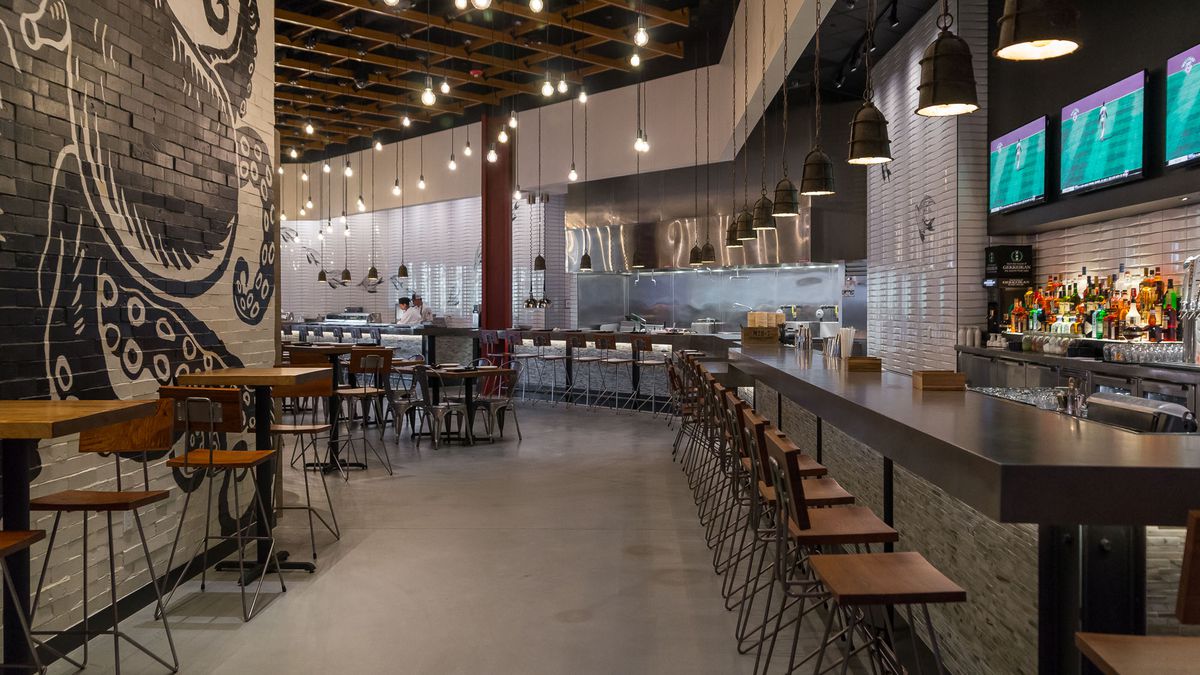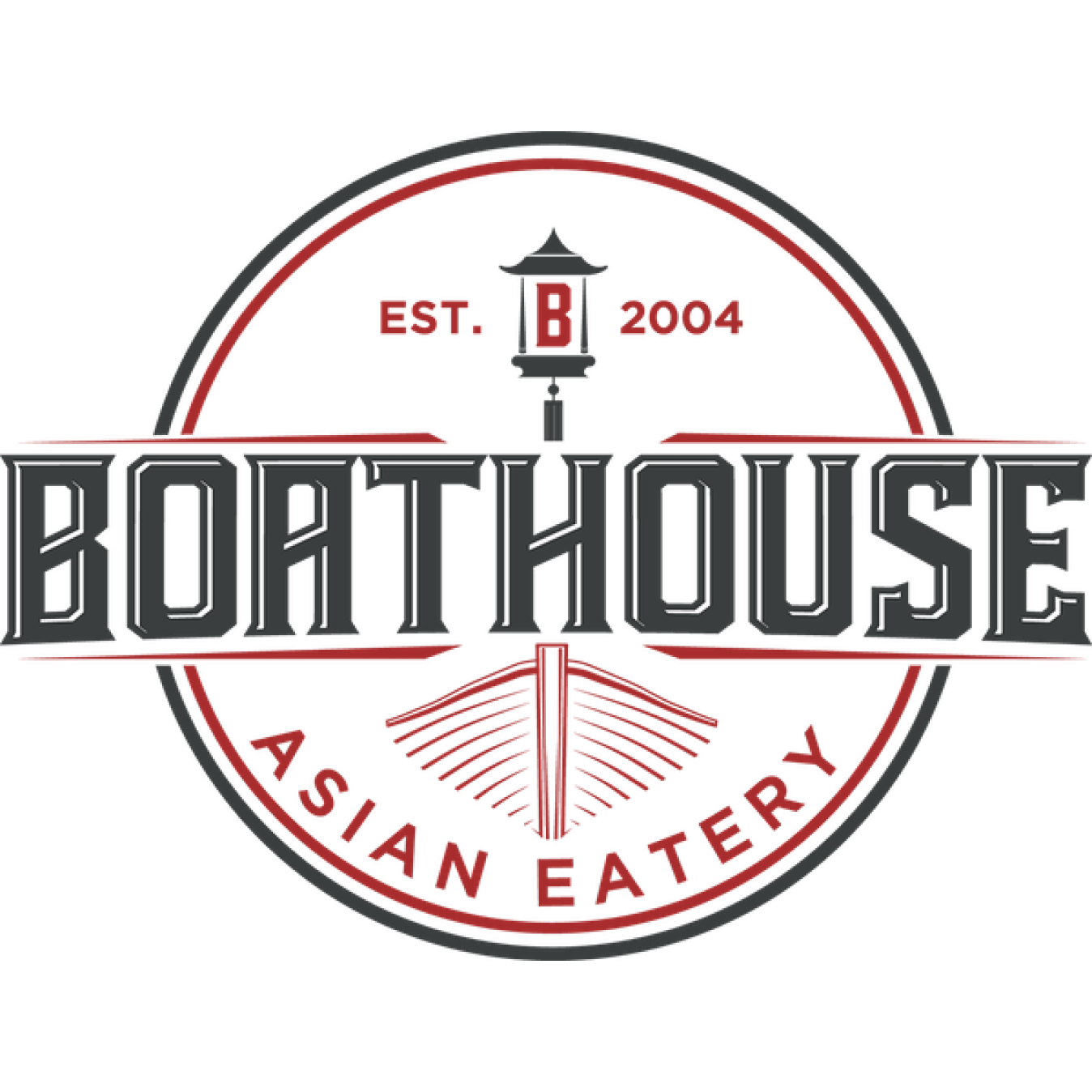The Story
Boathouse brings together an assorted mix of authentic Asian cuisines. However, the variety isn’t a gimmick of any kind. It in fact stems from the co-founders own personal story.
A first generation Vietnamese immigrant, Cat learned from her mother who worked in a Chinese restaurant and developed a love of sushi from her father’s fishing activities.

The Challenge
Keeping your staff motivated has far-reaching implications. Where Boathouse operates there are many opportunities for restaurant work, but not many people to fill those positions. Those talented people that you spend time training are important to developing the culture and experience for your customers and for the rest of your staff.
There is another reason why employee morale was so important to Hans and Cat. Retention. Keeping employees happy to them seemed the logical way to keep their team together and avoid the massive costs of turnover.
Many restaurants just accept turnover as the way things are in this industry, but when they sit down to look at the true costs they realize they can’t afford to ignore it.
When one server leaves, Hans begins a search for a replacement. That search often takes 2 to 3 weeks. That means 2-3 weeks with a shorthanded staff, employees working overtime, schedules being shuffled and more. If he is lucky additional staff won’t leave just because of this new added headache.
When Hans finds a replacement onboarding begins. Like most restaurants onboarding entails some legal requirements, documentation, some basic logistics and then training begins.
When calculating the total cost to replace a server this is where the bulk of the hidden profit killer comes in. Training is spent both on the job shadowing as well as watching training videos, studying the menu’s and learning from the rest of the staff when not shadowing.
The average cost of this training period is a net increase in your labor cost with no net gain in revenue of approximately $4,000 on average. When profitability is tight, these costs that stack up if not properly managed can make or break a business.
Taking Flight with Zira
With a computer science and data background, Hans immediately took to the Zira trends section. He monitored his employee preferences and schedule qualities to make sure he was being fair and no team member was getting the short end of the schedule.
He then started experimenting with Incentives and the automation platform. He created automations that incentived top performers and added transparent wage raises when tenure milestones were hit.
The Result: His turnover problem disappeared. By slightly increasing some of his teams pay and increasing the daily “real” labor costs he was paying in wages he was able to keep his team motivated and together, ultimately saving massive amounts of money on training and turnover.

